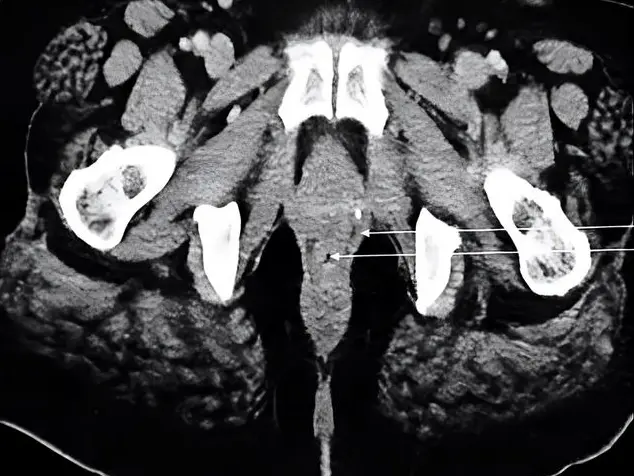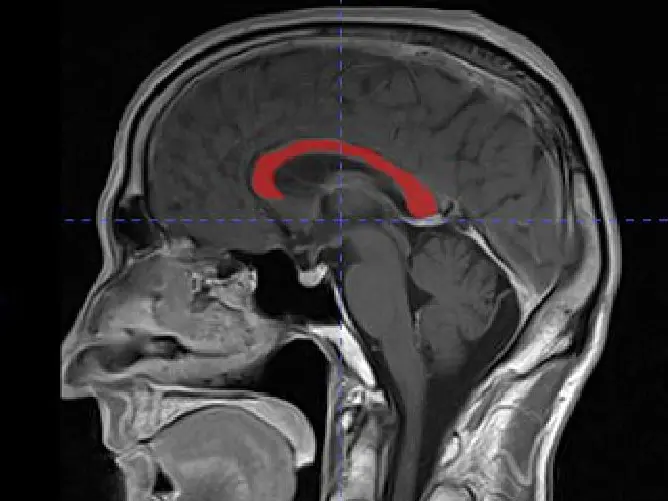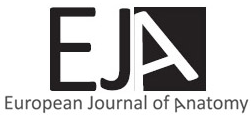Kahoot! is a popular game-based learning platform. This study aims to investigate whether there is a relationship between Kahoot! score and student’s grade in the traditional examination (GTE), and to understand their perception about the use of this platform. A cross-sectional study was developed in the Human Anatomy course, which is divided into 5 topics of systemic anatomy (TSA). 5-question quizzes about the taught subject were given at the end of 66.7% of the lectures. 53 students who participated in at least one of the quizzes were included. In each TSA, students were subjected to a traditional examination (GTE, scale 0-10) and the mean of Kahoot! scores (MKS, scale 0-6000) was calculated, totalizing 190 independent observations. An opinion questionnaire was given at the course’s end. Spearman’s test analyzed the correlation between MKS and GTE; area under the ROC curve (AUC) evaluated MKS’s ability to predict GTE; chi-square test verified the association between the categorical variables. There was a positive moderate correlation between MKS and GTE (rho=0.43, p<0.001). MKS performed regularly to predict GTE≥9 (AUC=0.734). 67.8% of the students in the MKS≥3000 group obtained GTE≥9, versus only 28.0% in the MKS<3000 group (p<0.001). Amongst the <20-year-old students, 83.3% agreed that Kahoot! was important to motivate them as they studied, versus 52.4% in the ≥20-year-old group (p=0.041). Kahoot!’s score can provide immediate feedback about the student’s learning process, and it serves as a parameter to predict their final performance. The motivation to use Kahoot! can be influenced by the students’ age.
Kahoot!’s contribution to immediate learning feedback for anatomy students
Daniel P.M. Barros1, Diego A.C. Santana1, Thaíse K.L. Costa2, Ana K.F.T.C. Pereira3, Amira R.C. Medeiros3
1 Medical Sciences Center, Federal University of Paraiba, João Pessoa, Brazil
2 Department of Exact Sciences, Federal University of Paraiba, Rio Tinto, Brazil
3 Department of Morphology, Federal University of Paraiba, João Pessoa, Brazil
SUMMARY
Eur. J. Anat.
, 26
(1):
107-
116
(2022)
ISSN 2340-311X (Online)
Sign up or Login
Related articles
Original article
Original article



